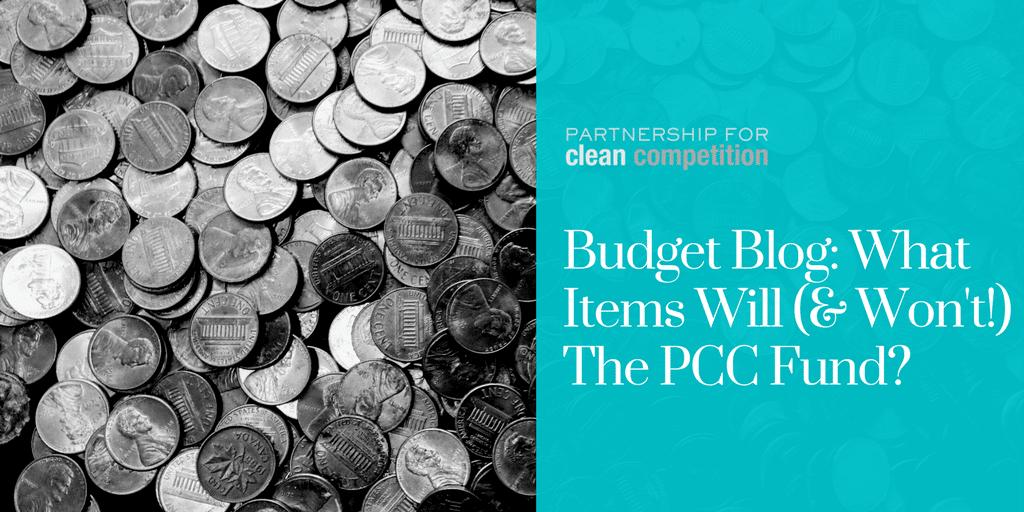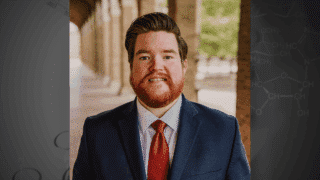As you develop a budget for your PCC research grant application and begin to compile the relevant costs of your project, many questions may arise – especially if you have never submitted a PCC grant request. Questions such as How much should I request for my project? and Can I request funding for indirect costs? are common, so we wanted to offer some general guidance. Of course, if you still have specific questions regarding your PCC grant application, Jocelyn Quiles is happy to help via jquiles@cleancompetition.org.
Taking a look at the PCC Budget Pages template may also serve as rough guide, as the PCC requires budgets to be submitted using the template provided during the application process. We also recommend consulting our comprehensive application instructions, which provide additional insight regarding budget submissions. Incomplete, absent, or incorrectly formatted budget pages will result in non-recommendation for project funding.
How much funding should I request?
In short, you should request a level of funding sufficient to comprehensively carry out your project. All budgets are examined closely during the grant review process, so justification of each direct cost line item is highly important. For instance, requesting $300,000 to outfit your lab with three brand new mass spectrometers when you are only requesting a salary for one investigator is unlikely to be a justified cost. However, requesting a salary for a primary investigator, costs associated with maintenance/rental of a mass spectrometer, and costs for appropriate staffing to operate the equipment and conduct project-related experiments is likely defensible. In the same vein, requesting $300,000 for a three-year project is likely more valid than requesting $500,000 for a six-month project. In addition to being justifiable, each budget line item must be directly applicable to the PCC project being submitted for funding. For instance, if a post-doc student will only be contributing to PCC-funded research 33% of their time, requesting funding for 100% of their salary is not an acceptable line item.
Overall, the scope and needs of the particular research should guide all budget requests, and any resulting PCC award will be the product of a budget consistent with project requirements.
Direct vs Indirect Costs
Direct costs are expenses directly associated with the research project being submitted for funding to the PCC. Direct costs cover items such as salaries, supplies, and publication costs (find a more comprehensive list of examples below).
Indirect costs refer to expenses not directly associated with a single research project, but represent real expenses encountered by investigators and their institutions when conducting externally funded R&D. They pay for common, or joint objectives within a lab or facility, and cannot be tied to a particular research endeavor. Indirect costs may also be referred to as “overhead”, “F & A costs”, or “administrative expenses.” Up to 20% of the direct cost total can be allotted to indirect costs for PCC grants.
Examples of Direct Costs:
Personnel
The PCC will fund the salaries and/or wages of essential personnel to include primary and secondary investigators, research assistants, post docs/students, and other necessary staff and experts.
It’s important to note that funding for personnel outside of the primary applicant’s organization is allowable and encouraged, but additional details are required*. The provision of funds for consultants or experts outside of the organization must be accompanied by justification of the outside expert’s role, and a letter of intent from the individual referenced stating their intent to participate in the project and the specific goals/tasks they will accomplish.
Funding for fringe benefits of personnel is also permissible if programmatically justifiable.
Supplies
Any project related materials that would not be considered equipment. Examples may be consumables such as analytical standards/chemicals, solutions, reagents, or synthetic specialty starting materials, or lab supplies such as grids, collection tubes, software licenses, or chromatography columns…any supplies that will be used directly to complete the project.
Equipment
Equipment used for scientific, technical, and research purposes of the proposed project costing greater than $5,000 and with a useful life of at least one year**.
Facilities
In some cases, project specific space rental for off-campus facilities is needed from a third party. Use of specialized equipment for which there is a commonly applied charge is also an acceptable line item.
Maintenance
For expensive equipment critical to the project, such as mass spectrometers. This budget item will require justification that the expenditures are required, directly related to the project the PCC would be funding, and less expensive than buying new equipment.
Publications
Costs for project specific and project related publications (such as page rate costs) are allowable.
Travel
To present at or attend scientific meetings. Many applicants include the precise meetings they hope to attend or present at as a product of their research. Associated expenses for travel may include transportation, lodging, and subsistence.
Consulting
Consultants must be specific to the PCC project.
Subject Recruitment
In cases where project methodology requires real time studies with human patients, human subject honoraria and costs associated with patient care are acceptable budget items***. Marketing or advertising costs (to recruit research subjects, post doc, or assistants necessary to complete the approved project) are also eligible for funding.
Miscellaneous Costs
Additional direct costs of the research may include cross validation, training costs, and other expenses not fitting into the above categories. Past examples of PCC funded miscellaneous costs include XPS measurements and security upgrades for storage of controlled substances.
Examples of Indirect Costs:
The below are examples of what the PCC considers valid indirect costs, however please note that each investigator’s institution will determine how allocated indirect costs will be spent. Investigators do not need to individually outline, nor justify indirect costs applied for, however this line item may not exceed 20% of the direct cost total requested.
The amount requested by applicants (up to 20% of direct costs) may pay for the following:
Administration:
Those not working directly on the research, but whose job function is necessary to the success of the project and organization such as grant managers, administrative assistants, library staff, marketing staff, and/or program directors.
Facilities:
Goods and services that ensure investigators can perform research in safe, comfortable, and appropriately technical spaces, such as rent, computer networks, electricity, office supplies, lighting, heat, and maintenance.
Items the PCC will not fund
Limits on costs
*As a reminder, the PCC will allot funding for personnel outside of the applicant’s organization but requires a letter of intent from the consultant(s) or expert(s) named in the application.
**In addition, any equipment costs requested must not exceed $50,000, and must be itemized. In limited scenarios, the PCC will fund larger equipment purchase grants (called ‘Center of Excellence’ grants) when deemed appropriate and/or necessary for a lab to perform integral functions.
***Projects with human participants require Institutional Review Board (IRB) from the institution of the application. IRB applications will be reviewed before funds are distributed.
As mentioned earlier, the PCC will only fund up to 20% of the total direct costs for indirect costs.
Funding caps, and overall funding limits
The PCC does not impose limits on the amount of funding an investigator can apply for; however, in all cases each budget item must be justifiable, and relevant to the project’s scope.
The exception to this case is the PCC Micro-Grant, for which only $75,000 per project is allowable.
We hope the above guidance will serve helpful as you create and justify a detailed budget for your PCC grant funding request.




